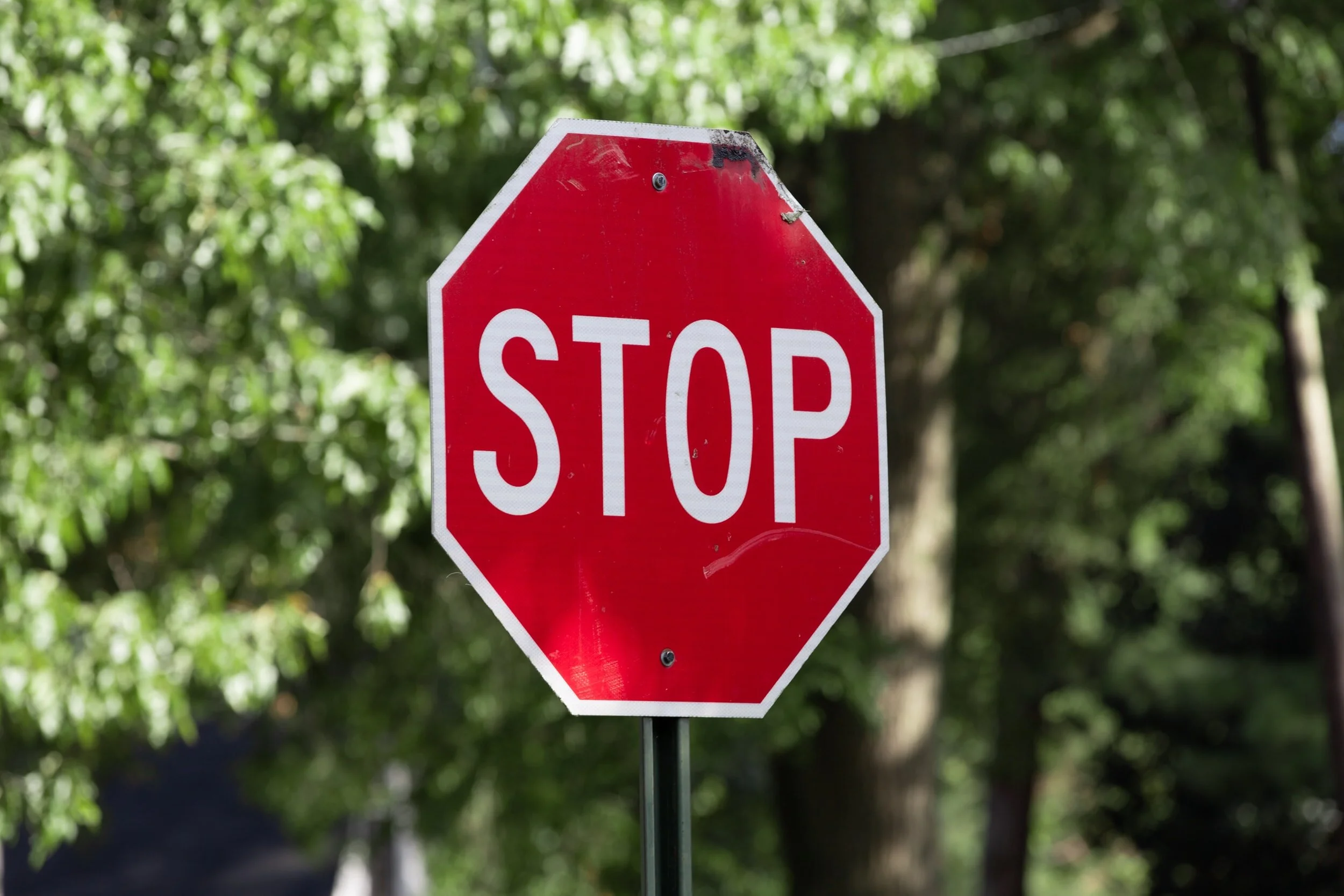Where to stop at intersections controlled by a Stop sign?
Where to stop at intersections controlled by a stop sign?
In New Zealand, vehicles are required by law to come to a complete stop at intersections controlled by a Stop sign. The driver of a vehicle that does not come to a complete stop at a Stop sign can be penalised 20 demerit points and an infringement fee of $150. An incomplete stop at a Stop sign where the driver slows and pauses but fails to bring the vehicle to a complete stop with the wheels motionless is a critical error in the restricted license driving test but an immediate failure error for the full driving test.
We all know we must stop at intersections controlled by Stop signs but where exactly a vehicle must stop is an issue of confusion. Should the driver of a vehicle approaching a Stop sign stop:
a) By the sign?
b) Behind the yellow line?
c) In front of the yellow line?
The answer to that question is found in Part 4 (Stopping and Giving Way) of the Land Transport (Road User) Rule 2004 which states that:
1) A driver approaching or entering a place where the vehicles moving in the direction in which the driver is travelling are controlled by a stop sign must—
(a) stop his or her vehicle before entering the path of any possible vehicle flow at such a position as to be able to ascertain whether the way is clear for the driver to proceed;
The Land Transport (User Rule) states that the correct stopping position is one where the driver can determine whether the path is clear for the driver to proceed.
Likewise, while explaining the need for stopping at a Stop sign the Restricted License Test Guide specifies that “applicants are required to come to a complete stop at stop signs” and elaborates further by adding “in a suitable position to see if the way is clear”. However, the clause also states that an immediate failure error is recorded if the applicant “stops in a position that creates a conflict with an approaching vehicle on the intersecting road”.
Furthermore, the Full License Test Guide states that when at a Stop sign, an applicant is not penalized for stopping beyond the Stop sign if the presence of parked cars on the intersecting road make it difficult to see intersecting traffic provided that the applicant does not block the line of moving traffic but stops in a position protected by the line of parked cars.
Therefore, the correct answer regarding where one must stop at a Stop sign is in a position where they can see whether the way is clear but without blocking the path of any moving traffic.
My suggestion when approaching a Stop sign is to decelerate or start slowing down early. This way you can scan ahead to determine whether the intersection is one in which you have to give way and come to a complete stop. If so, aim to slow down and stop in the first instance prior to the Stop sign. Then, if you cannot clearly see in all directions in which conflicting traffic may approach, inch forward an inch at a time to a position where you can clearly see but are not in the path of other traffic. This position is where you must come to a complete stop ensuring all four wheels are motionless. Once you have determined that the path is clear, you may then proceed.
One sure way to ensure you are driving safely and up to the standards to pass your driving test is to do a mock driving test with a driving instructor. A mock driving test with us includes learning materials, a one-hour driving assessment during which your driving skills are assessed and you are given immediate feedback and some coaching if required, and a debrief at the end. You will also be sent an email with observations and recommendations. For more information, check out our mock driving tests page.

